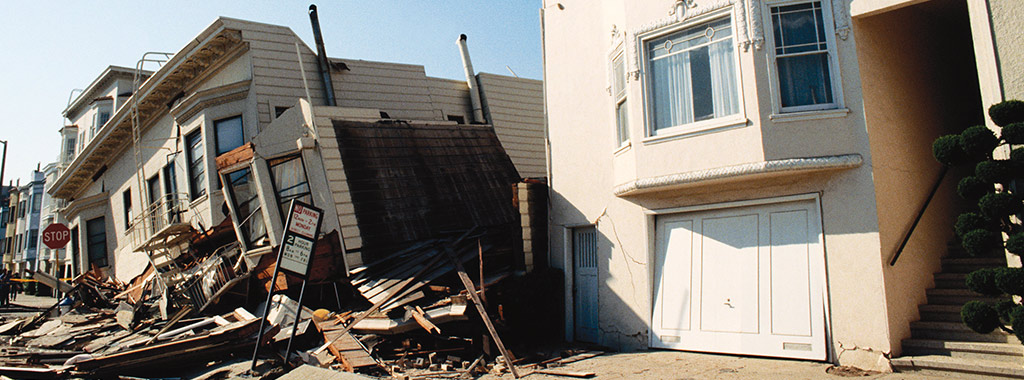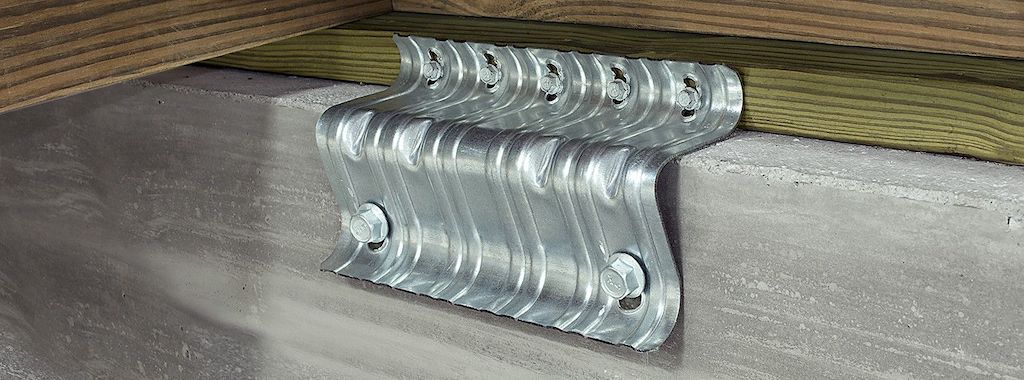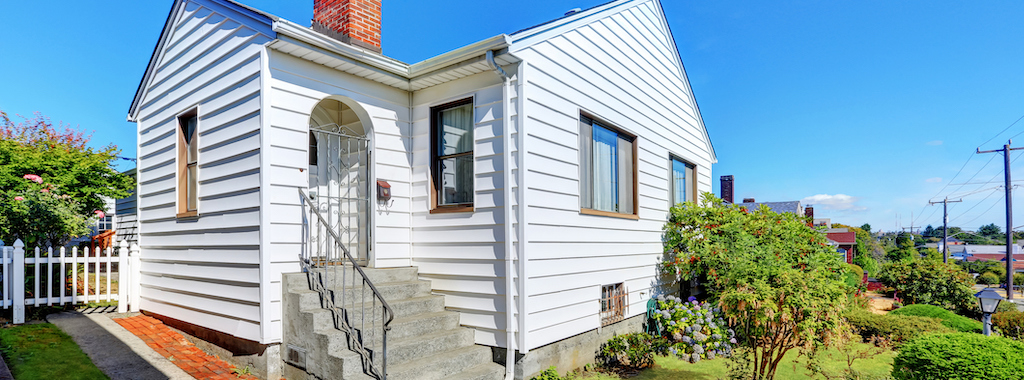On a Sunday morning in late August 2014, a 6.0 magnitude earthquake surprised Napa, California residents and caused structural damage to many homes and businesses in the area. One of the most powerful earthquakes in Napa’s history, local news outlet KQED reported $300 million in damage to homes and commercial properties.
Napa is right in our backyard, about 60 miles north of Pleasanton. Many Simpson Strong-Tie employees felt the quake, but fortunately no one was injured. If you’ve ever been in a large earthquake, you would probably agree that it’s a frightening and unsettling experience. And unlike other natural disasters, there’s no warning. Here is one woman’s story about the Napa earthquake:
Continue reading “Protecting Your Home from Earthquakes”






